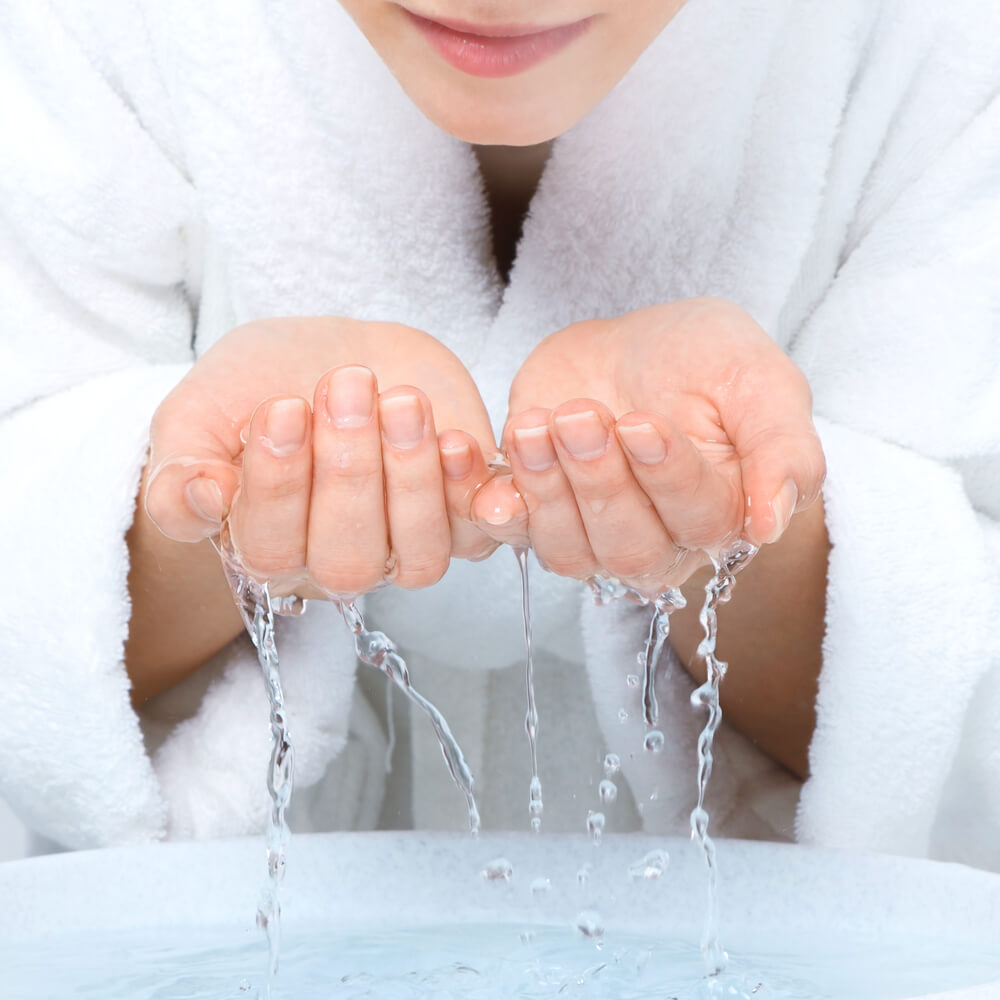Winter is coming! To avoid inconveniences and structural damage, you need to prepare for a wide range of winter drinking water challenges. Inspect your pipework, water treatment, and heating units to ensure a steady flow of safe, hot water for drinking and household use on your property. In case of leaks or damage, ensure they are repaired before freezing sets in.
The freezing season comes with drinking water challenges. Indeed, expect cloudy water from taps/faucets as a challenge. Read on to learn what causes cloudy water in winter and its solutions.
Causes of Winter Drinking Water Challenges
Several factors can lead to tap water appearing whitish or cloudy during winter. Here are some common causes:
1. Trapped Air in the Pipework
Cloudy tap water is commonly caused by pressurized water, which has trapped air or bubbles. Open your tap and fill your glass with white water. Let it sit for a few minutes. If the water becomes clear from the bottom up, the issue is likely to be trapped air.
Freezing temperatures or recent plumbing work can pressurize the water in the supply system, leading to trapped air in the water.
2. Sediments/Particulates in the Water
As water passes through your piping system, it can collect sediments like silt, rock, or sand particles. Most of these particles don’t dissolve, making your drinking water appear cloudy. The white color won’t disappear quickly, and you are likely to see the sediments settled at the bottom of the glass.
Most sediments are harmless, but they can accumulate at the bottom of your storage tank or water heater tanks and increase the cost of treating drinking water. However, some particulates can be harmful; hence it is wise to filter your water before drinking it.
3. Hard Water
Hard water contains high amounts of dissolved minerals and compounds, especially magnesium and calcium. Also, hard water will appear cloudy, leaving white particles or spots on glass dishes and water appliances like an electric kettle. Also, when you see white deposits appearing on the interior of pipes, water heaters, and taps, you are likely to be using hard water.
Using hard water for showering can cause flaky and dry skin. Besides, when using the water for washing, you need to use more detergent or soap, making cleaning more expensive. Also, the white deposits can damage your water heater, pipes, and home appliances.
Solutions to Winter Drinking Water Challenges
There is no need to do anything for cloudy water caused by trapped air as it is harmless. However, for sediments and hard water, here are the solutions:
1. Installing a Water Softener
It is advisable to invest in a water softener to treat hard water. The appliance removes water hardness by solidifying and hardening the magnesium, calcium, and other minerals into solid deposits trapped by the resin beads in the mineral tank of the system. The process leaves your water soft, and you will not see cloudy tap water again.
2. Upgrade Your Water Filtration System
If your water has particulates such as silt, sediments, clay, algae, and more, upgrading your filtration system can be a perfect solution. With an improved filtration system, all the deposits will be trapped and removed from the water, leaving it clean for drinking and household use.
You can install a more advanced filtration system at the entry point to ensure your property gets a clean water supply this winter. You may have to change other filters within the heating and piping system to ensure no particles end up in your glass of water.
Learn More About Solving Winter Drinking Water Challenges
With the increase in water consumption in winter, ensuring your property gets clean water is vital. Installing a water softener creates a consistent supply of clean water throughout the freezing months of the year. At Advanced Water Softening, you can get reliable water softener installation and repair services. Contact us today to help you install or repair your water softener or for more information.






